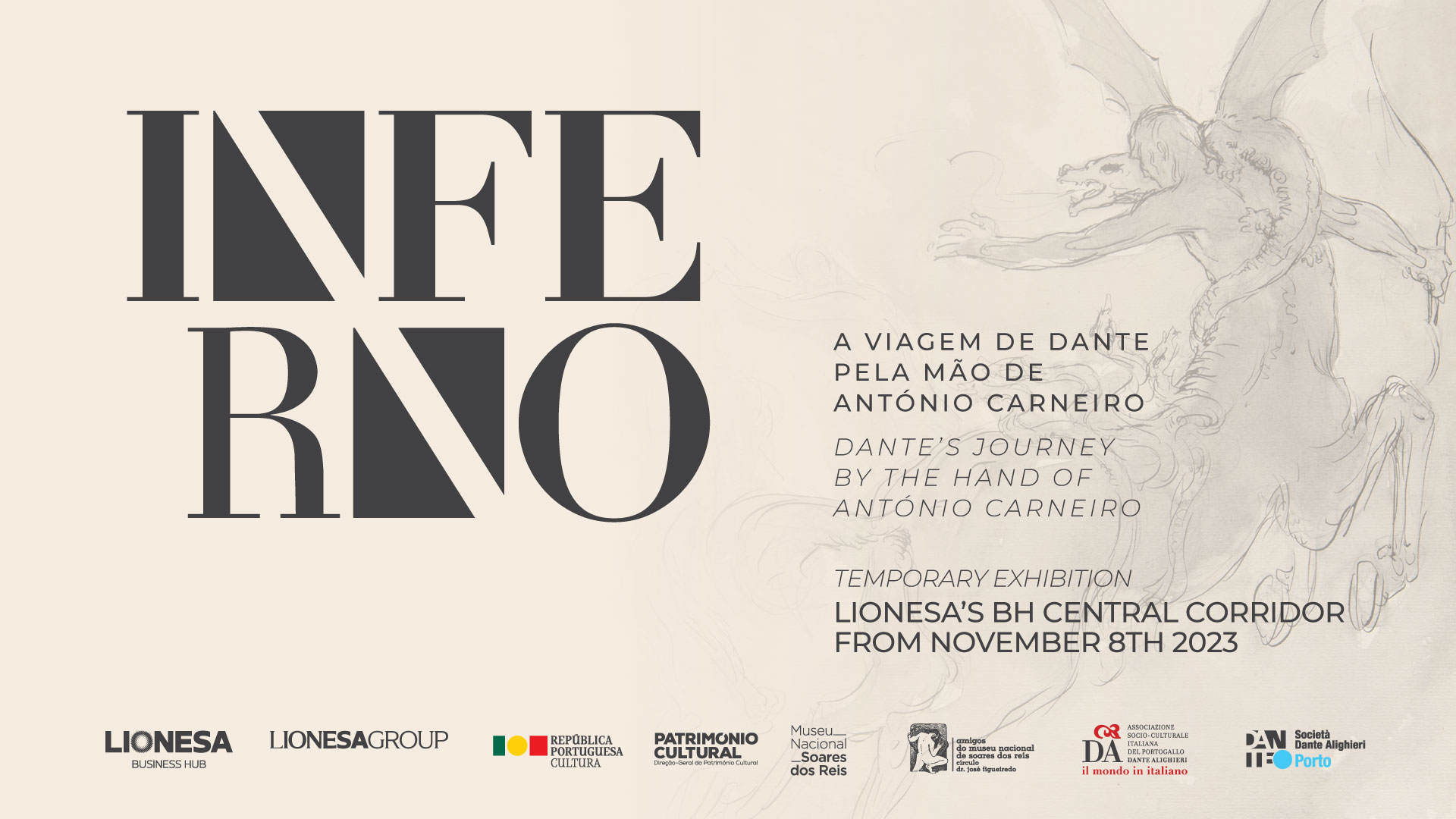António Carneiro entered the Academia Portuense de Belas Artes in 1884, exactly 140 years ago, where he was a pupil of Soares dos Reis and Marques de Oliveira, among others. António Carneiro was also a poet, but his main work, ‘Soliloquies’, was only published in 1936, a few years after his death.
António Teixeira Carneiro Júnior was born in Amarante in 1872. The precarious circumstances surrounding his birth and childhood led to his being sent to the Barão de Nova Sintra Asylum in Porto at the age of seven.
Between 1884 and 1896 he attended the Academia Portuense de Belas Artes, where he was a pupil of Soares dos Reis, João António Correia and Marques de Oliveira.
In 1897 he left for Paris, where he stayed until 1900, the year of the Universal Exhibition in Paris, to which he was invited and took part in decorating the Portuguese pavilion.
It wasn’t by learning at the Academy that the young man found answers to his questions: although he wasn’t indifferent to Impressionist aesthetics in particular, he identified more with Symbolist sensibilities.
António Carneiro was a mystical, melancholic and solitary man, a character not unrelated to the deprivations and difficulties of all kinds that he experienced. Filled with existential questions, he found in Paris, in that fin-de-siècle of great reflection and spiritual crisis, the ideal place to problematise his issues. It was in this context that the triptych “A Vida, feito Esperança, Amor e Saudade” (Life, made of Hope, Love and Longing) emerged, an emblematic work by Carneiro and Portuguese art, begun in Paris and presented for the first time in Porto in 1901 at the Misericórdia Gallery.
In Porto, his artistic career would develop in a very particular cultural context, and it was only in this context that his career could be understood. Painter and poet, “the most intellectual artist of his time”, he lived surrounded by a group of thinkers, poets, politicians and cultured men associated around the magazine “A Águia”. Founded in 1910, from 1912 it was the publication of the literary and cultural movement, the “Portuguese Renaissance”, set up in Porto. António Carneiro was artistic director of the magazine from its foundation until 1927, when it ceased publication. From 1918 he was a professor at the Porto School of Fine Arts and was appointed its director in 1929, a position he never held.
Throughout his career, António Carneiro mainly practised two genres of painting – portraits and landscapes – and made a living out of illustrations. He reluctantly accepted commissions for portraits of people with whom he had no affinity or simply didn’t know. Although he was referred to as a “portrait painter”, it was the landscape that attracted him most and which, in his work as a whole, best demonstrates the innovative potential of the artist who gave Portuguese art new values of modernity.
Between 1925 and 1927, he concentrated on a very intimate genre of painting: a series of church interiors that reflect his innermost feelings as a man torn apart by the death of his daughter (1925).
In 1929 he produced a composition, Camões reading the Lusiads to the friars of St Dominic’s, a work of synthesis that he completed towards the end of his life and sold in Brazil that same year.
As for the illustrations, the 42 drawings of the illustration of Dante’s Inferno, which are in the Soares dos Reis National Museum, reveal the best of his talent as a visionary poet.
On this subject, the Inferno – Dante’s Journey by the hand of António Carneiro exhibition is on display at the Lionesa Business Hub, as a result of a partnership between the Lionesa Business Hub, the Lionesa Group, the Soares dos Reis National Museum and ASCIPDA – Associazione Socio-Culturale Italiana del Portogallo Dante Alighieri.
The exhibition is free of charge and will be open until 30 March 2024, from 09h00 to 18h00.

